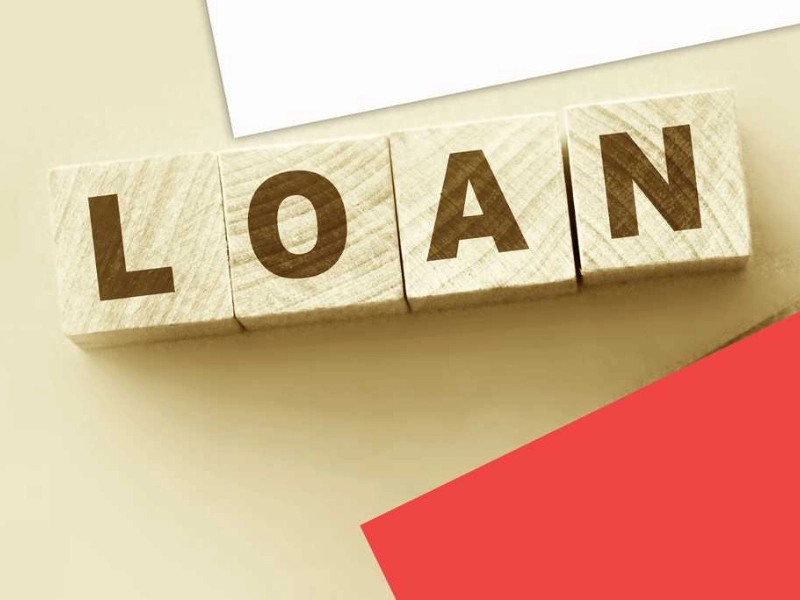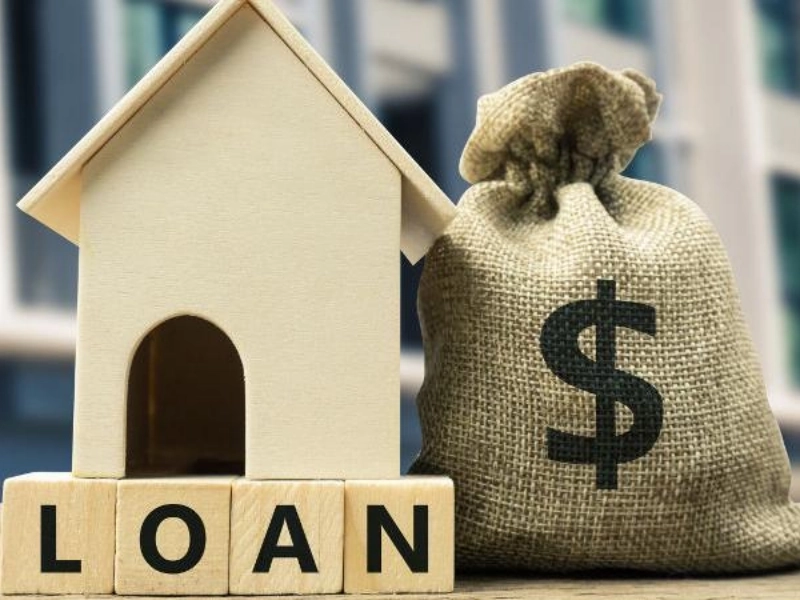The Benefits and Drawbacks of Obtaining a Payday Loan
It could seem alluring to take out a payday loan if you're having trouble paying your bills in between payments. But before taking out any loans, it's crucial to weigh all of your possibilities. Cash advances on credit cards and personal loans from banks or credit unions are alternatives. These substitutes typically come with reduced interest rates and can assist you in avoiding becoming entangled in a debt cycle.
1. Quick loans

2. Elevated rates of interest
 Before turning to payday loans if you're searching for a rapid solution to your financial problems, make sure you've explored all of your choices. High interest rates are charged by payday lenders, which can soon mount up and make loan repayment challenging. Furthermore, in order to be eligible for the loans, they frequently require minimal or no credit checks.
Payday loans are still exceedingly costly even though some jurisdictions have tightened their regulations on fees and interest rates. Generally speaking, the cost of a two-week loan varies by state and ranges from $370 to $1,001. Furthermore, a lot of lenders won't assist you in establishing credit since they don't provide information to the main credit bureaus.
Consider utilizing a credit card to obtain a short-term loan if necessary. With no annual percentage rate, credit cards might be an excellent way to manage your debt without the hefty fees associated with payday loans. Additionally, credit cards have far longer repayment terms than payday loans, so each monthly payment you make will help you establish credit.
Before turning to payday loans if you're searching for a rapid solution to your financial problems, make sure you've explored all of your choices. High interest rates are charged by payday lenders, which can soon mount up and make loan repayment challenging. Furthermore, in order to be eligible for the loans, they frequently require minimal or no credit checks.
Payday loans are still exceedingly costly even though some jurisdictions have tightened their regulations on fees and interest rates. Generally speaking, the cost of a two-week loan varies by state and ranges from $370 to $1,001. Furthermore, a lot of lenders won't assist you in establishing credit since they don't provide information to the main credit bureaus.
Consider utilizing a credit card to obtain a short-term loan if necessary. With no annual percentage rate, credit cards might be an excellent way to manage your debt without the hefty fees associated with payday loans. Additionally, credit cards have far longer repayment terms than payday loans, so each monthly payment you make will help you establish credit.
3. Restricted loan quantities
 Payday loans have a maximum loan amount because they are intended to be repaid quickly. Payday loans are usually only available for small amounts of money, in contrast to secured loans, which can be backed by assets like homes or cars. This might not be sufficient to pay for all of your bills, which could result in debt troubles and other financial difficulties down the road. If you need to borrow more money, you might have to give up assets or a portion of the company's income, pay higher interest, or both.
Payday loans have a maximum loan amount because they are intended to be repaid quickly. Payday loans are usually only available for small amounts of money, in contrast to secured loans, which can be backed by assets like homes or cars. This might not be sufficient to pay for all of your bills, which could result in debt troubles and other financial difficulties down the road. If you need to borrow more money, you might have to give up assets or a portion of the company's income, pay higher interest, or both.
4. Lending practices that are predatory
 Predatory lending practices target low-income borrowers and people of color. Compared to their white peers, they have greater debt loads, interest rates, and loan approval rates. They also have lower rates of property ownership, which is one of the best methods to increase one's own wealth. Predatory lending so causes billions to be taken out of local economies and deepens the wealth disparity across races.
Thankfully, regulations at the local and federal levels have been put in place to shield consumers from unscrupulous lenders. These rules forbid discrimination, impose restrictions on abusive collection techniques, and set caps on fees and interest rates. However, lenders are always coming up with new strategies to get around these safeguards. Payday lenders specifically practice reverse redlining by situating their payday businesses in areas that are disproportionately impacted by foreclosures and poverty. It's critical to keep abreast of the most recent credit laws and regulations because of this behavior. Furthermore, understanding your rights when interacting with payday lenders is even more crucial.
Predatory lending practices target low-income borrowers and people of color. Compared to their white peers, they have greater debt loads, interest rates, and loan approval rates. They also have lower rates of property ownership, which is one of the best methods to increase one's own wealth. Predatory lending so causes billions to be taken out of local economies and deepens the wealth disparity across races.
Thankfully, regulations at the local and federal levels have been put in place to shield consumers from unscrupulous lenders. These rules forbid discrimination, impose restrictions on abusive collection techniques, and set caps on fees and interest rates. However, lenders are always coming up with new strategies to get around these safeguards. Payday lenders specifically practice reverse redlining by situating their payday businesses in areas that are disproportionately impacted by foreclosures and poverty. It's critical to keep abreast of the most recent credit laws and regulations because of this behavior. Furthermore, understanding your rights when interacting with payday lenders is even more crucial.








